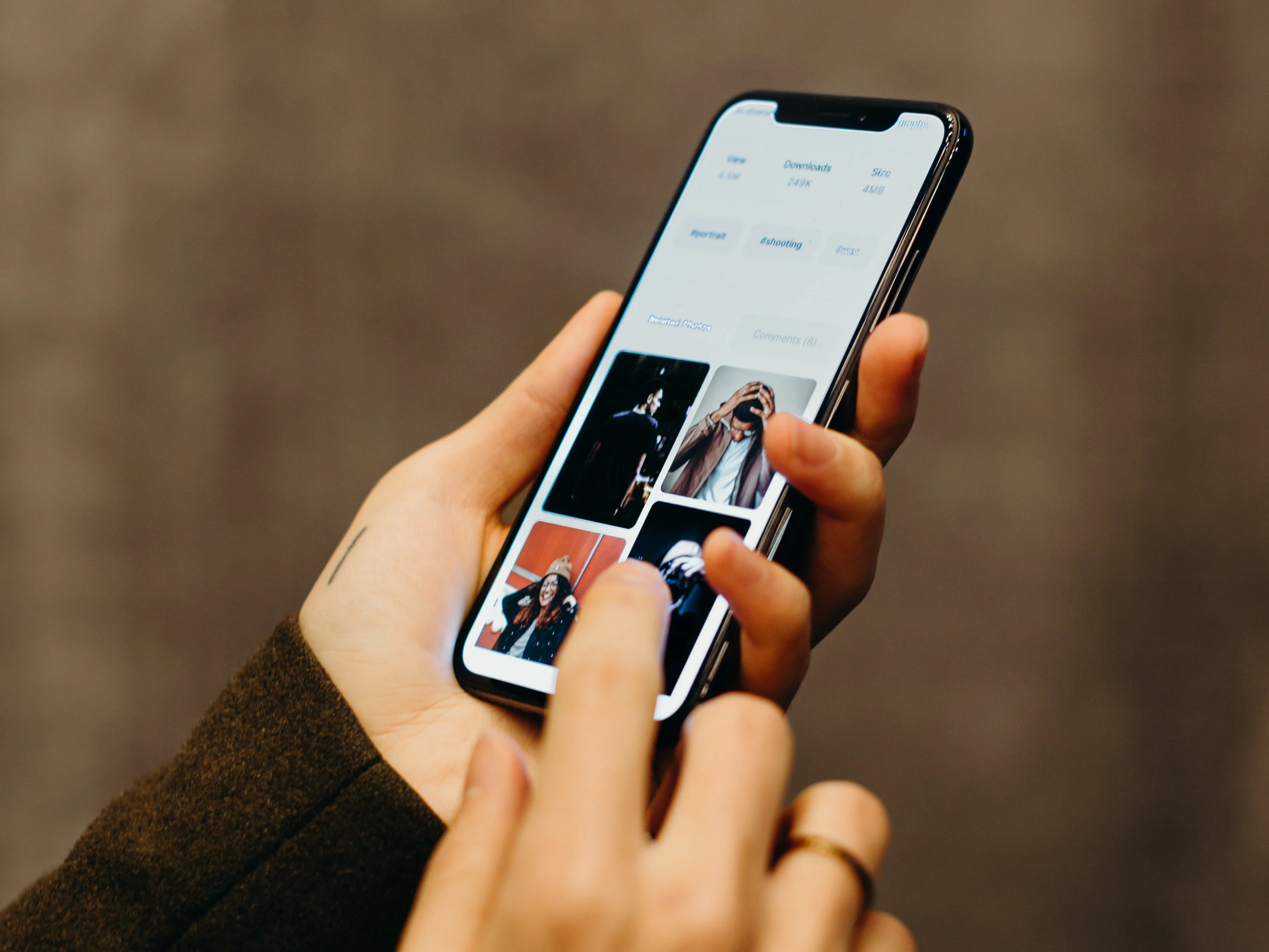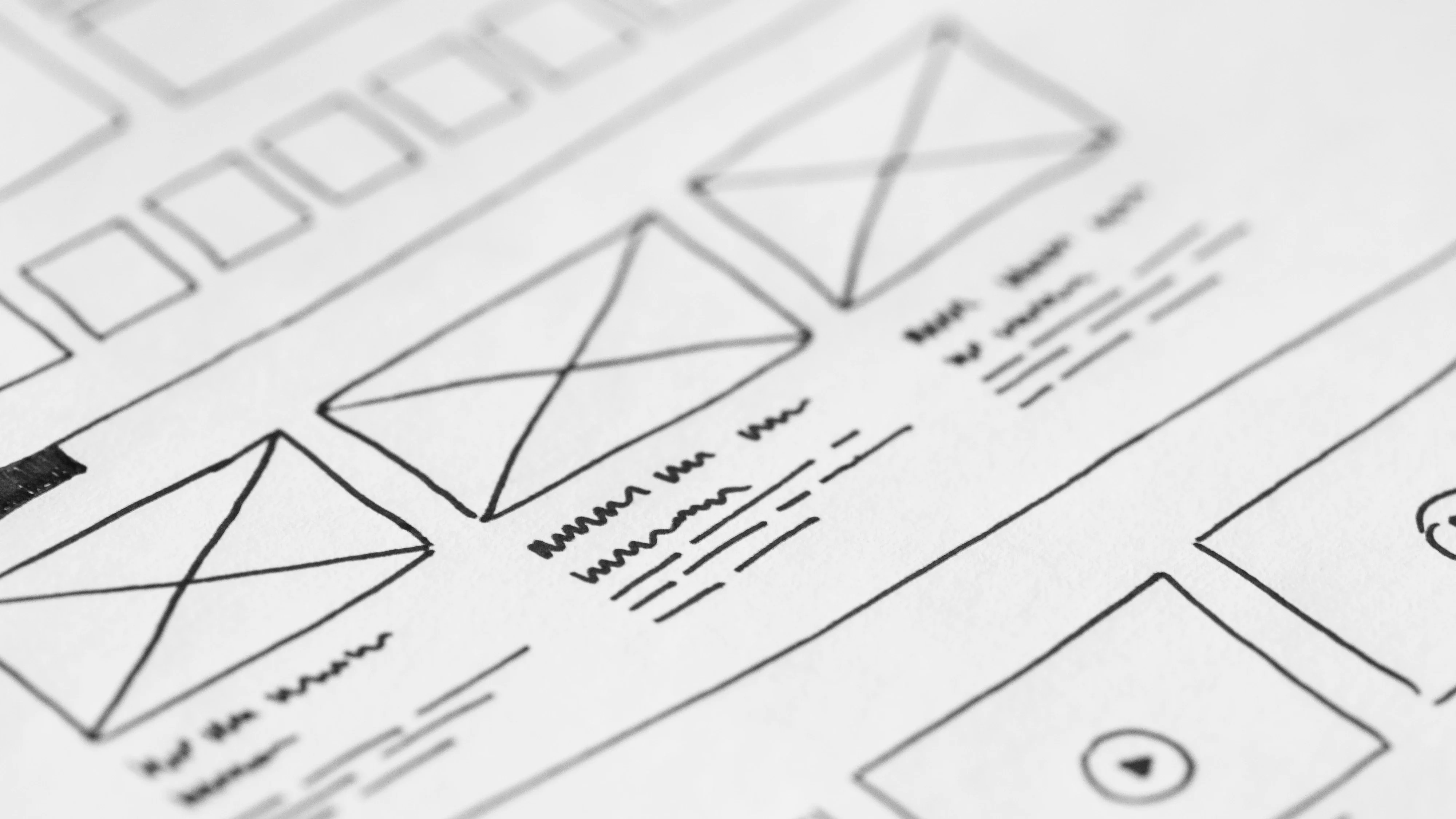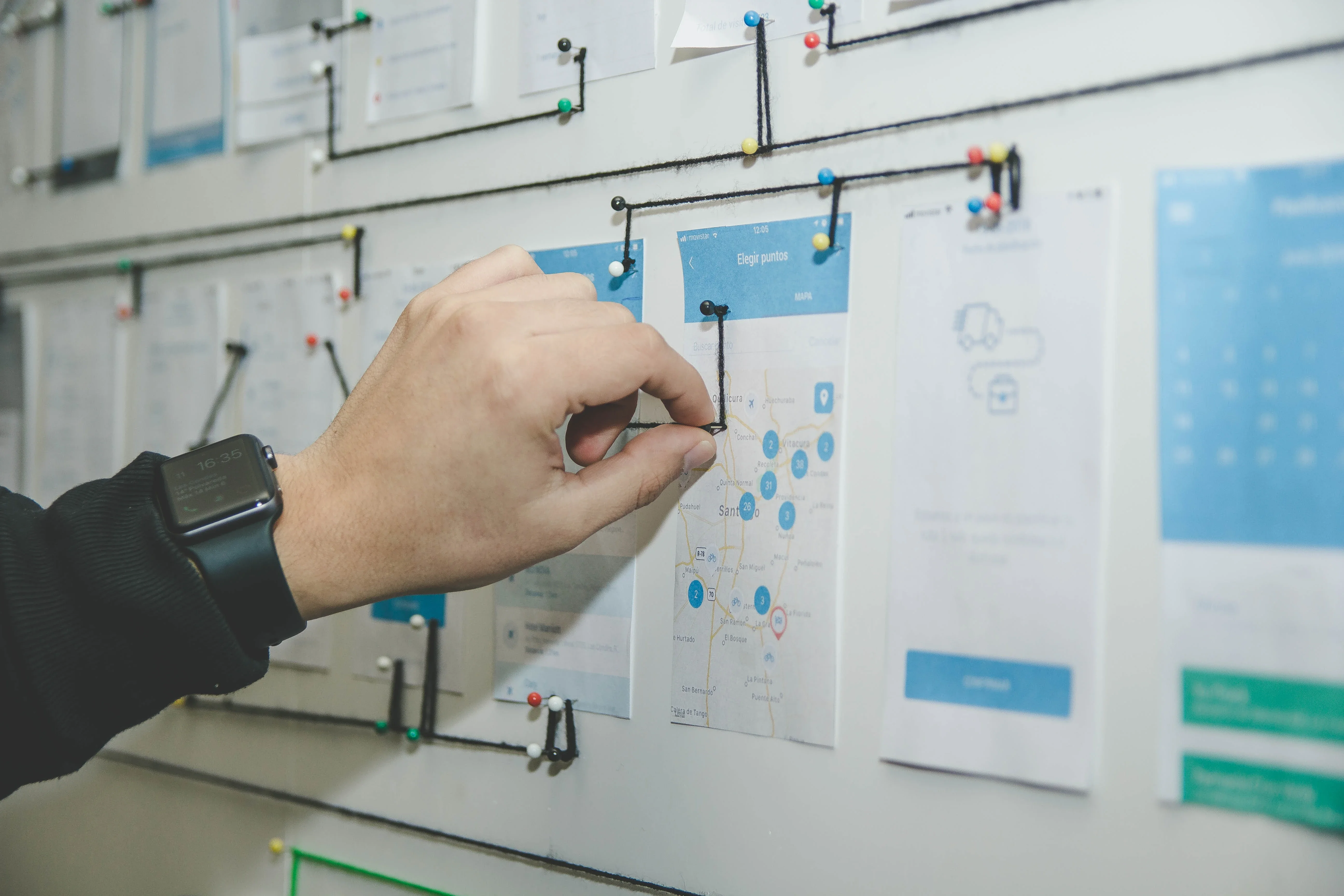The importance of personalization in UI and UX design

Both customization and personalization aim to achieve the same goals: to meet the user's interests. Here we will provide some insights into the differences between customization and personalization that are helpful in the field of UI/UX design.
Customization in UI / UX
Customization is primarily carried out by the user. For example, to make changes in relation to their specific requirements by configuring the layout, content or functionality. Customization takes the user experience to the next level due to the controllability of the interaction. Finally, users can proceed with what exactly they want and are therefore in control.
Customization realizes the cliché "the customer is king". The basic approach behind this theory is that users know their goals best and know exactly how to achieve their goals. Therefore, the natural intelligence of the user is given a higher priority than the artificial intelligence associated with the system.
Classic examples of customization include user interface customization where the user can choose based on the settings. One such example would be the popular networking site Facebook, where users can select "their" content on a relative basis. Facebook also offers the option of activating notifications for individual people, pages or posts.
Customization allows users to choose what to display based on their selections or set preferences for how information is organized or displayed.
Personalization
Personalization is based on the principle of intelligence by the app itself. Based on the user's preferences and usage patterns, the app attempts to provide highly personalized and contextual information. The app strives to provide users with the content, offers or functions that meet their requirements. This type of personalization not only brings added value to customers, but also takes loyalty to a new level.
Personalization has become an essential part of designing a digital system due to the ability to connect with the end user. The main goal of personalization is to provide a contextual user experience by providing content and features that are tailored to specific user needs or interests without requiring users to make any special effort.
The app profiles the user and organizes the user interface according to this profile. A crucial step in creating an intuitive, personalized experience where users receive highly relevant content. A feature to send push notifications based on usage knows when their shows are available. Netflix has set the standard for personalized push notifications. For example, push notifications are used to inform users about the availability of their favorite shows.
Paradigm shift from adaptation to personalization
Customization is an ongoing trend that users expect in their interactions. However, the situation has changed and the current path is towards personalization. This shift is becoming increasingly popular as customization is associated with higher interaction effort.

If you allow the user to customize, the burden is shifted to them. Most users do not want to customize the settings. Also, customizing user experiences with mobile devices has become a tricky task, mainly due to different screen sizes. There is not much flexibility to create custom user interfaces for literally every user on a small mobile screen.
Key elements of personalization
Identify your target group
To personalize effectively, it is important to know your target audience. If you have a clear idea of who is using your application or website, when and why, you can personalize effectively. It's important to create audiences based on demographics, interests, attributes, previous purchase patterns or actual stage of the buying process. Based on your research and target audience, you can personalize the UX. Only when you know who you're serving can you do it better.
Know your goals
What do you expect from personalization? Prepare a list of questions about your goal of personalization.
- Are you looking at it from a marketing, sales or business perspective?
- Do you want to increase leads?
- Do you want higher sales?
- Do you want to increase brand value?
- Are you trying to retain customers?
All of the above can also apply. The important thing is that you need to set at least one goal for what you want to achieve by targeting an audience and decide how much effort is required.
List of elements to personalize
Once you have identified the specific target audience and recognized both your long-term and short-term goals, you need to identify and list the elements of the website or app that need to be changed or personalized based on the users' profiles or behavior.
Content, articles, images and features can be personalized. It can be something as simple as addressing users by name. And it can be something as elaborate as creating a personalized homepage based on a user's activities.
The most common pattern is to personalize the homepage. But what if a user wants to navigate to a deeper page via a search result? It's important to personalize high-traffic pages, entry points and landing pages on the website or app by examining the typical user flow.
Conclusion
Every user is different. The key to effective design is to know the user well. Effective personalization is based on a good understanding. The process of adaptation/personalization requires continuity and perseverance. Personalization requires regularerpchecks to ensure that the appropriate content matches the right profiles.



